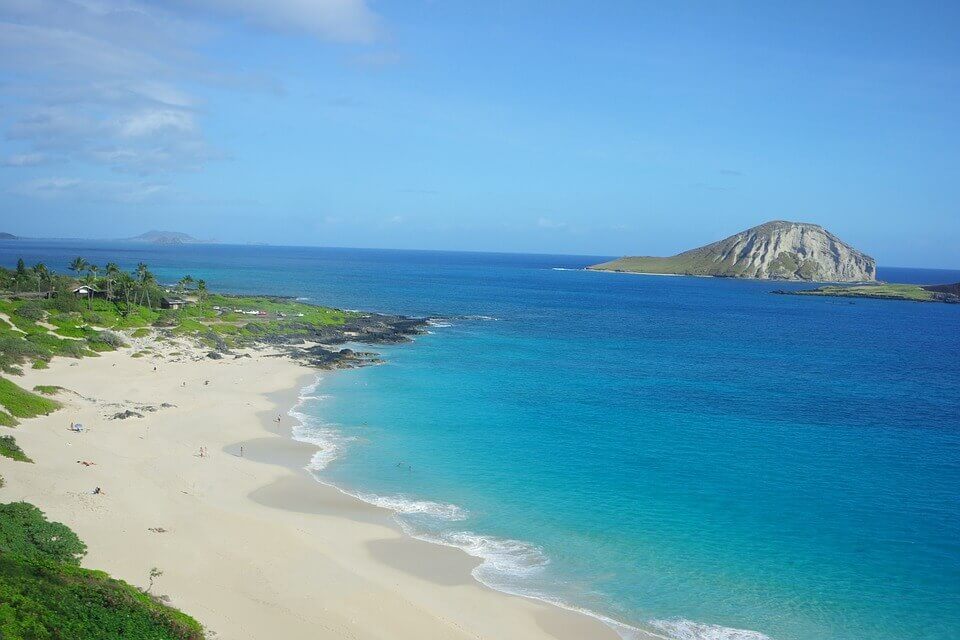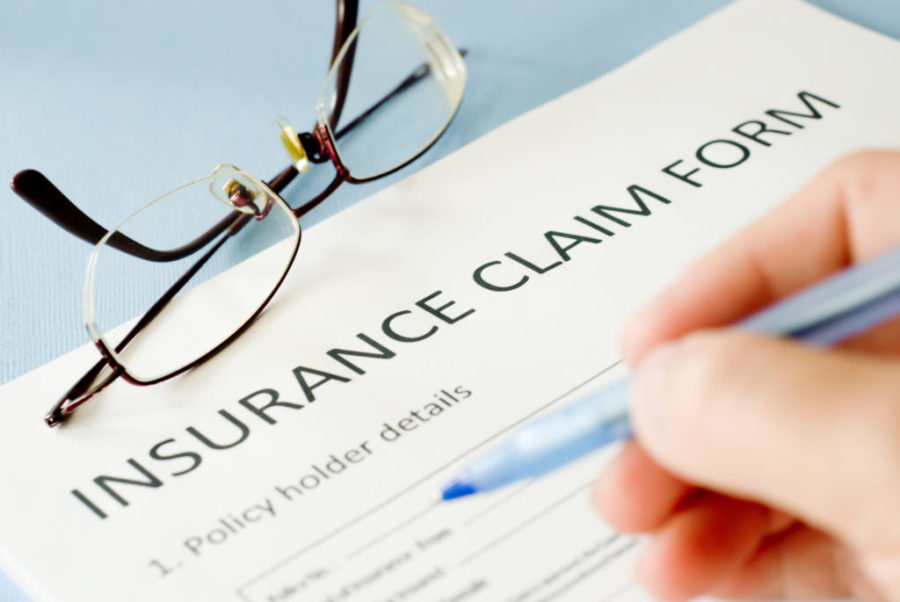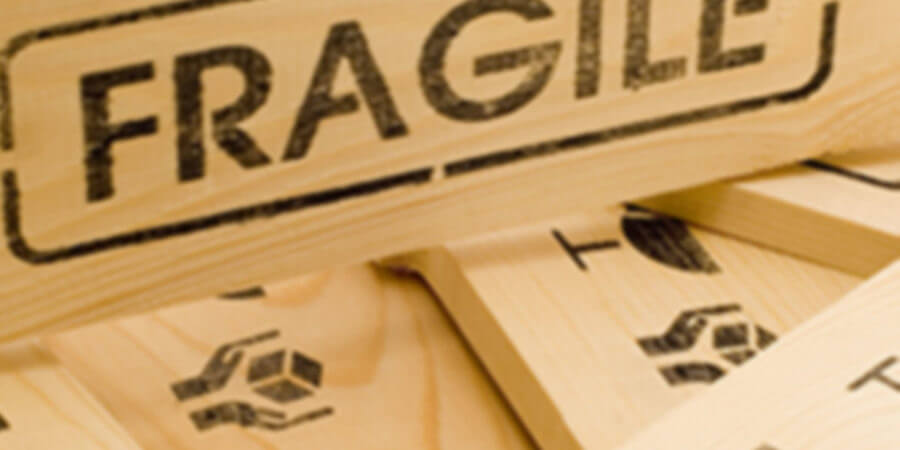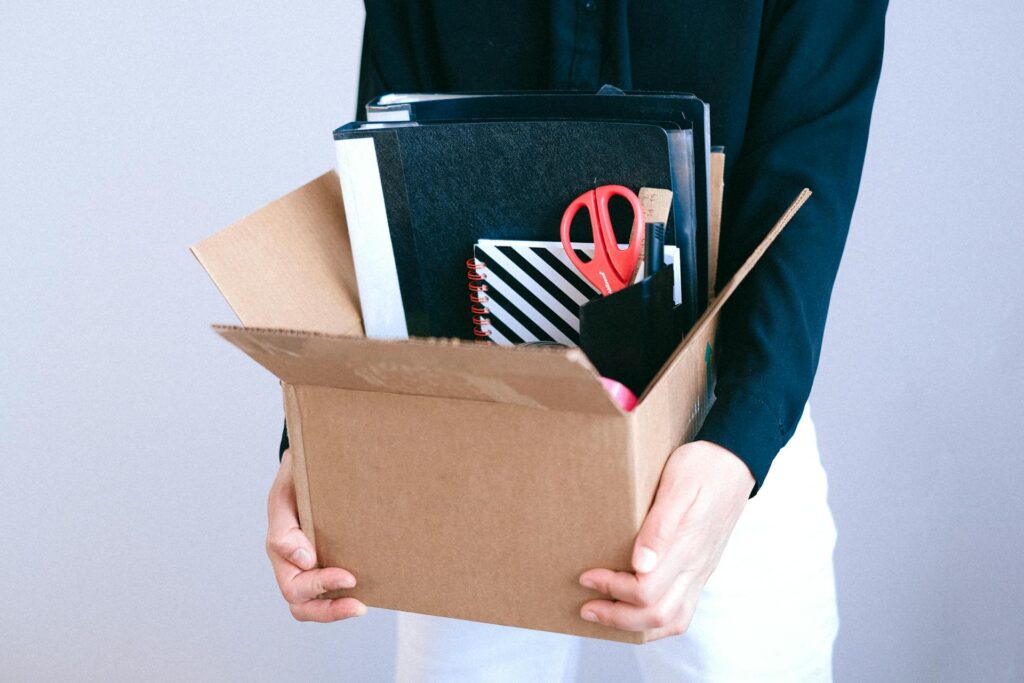Moving to Hawaii from the continental US requires a healthy dose of planning and organization, much more than a relocation within the mainland. Hawaii, also known as the Islands of Aloha, Paradise, and the Aloha State, has many unique characteristics – geographical and economical, but even logistical, that might make a move to some of its many islands somewhat challenging.


With our guide, we’d like to show you how your move to the Hawaiian islands can be hassle-free, including finding a new job as well as a place to live before arriving at the so-called Paradise of the Pacific Ocean. Keep on reading about “Why you should move to Hawaii” and make sure to learn all the crucial information before throwing a goodbye party and crossing the ocean to your new home.
The First Step to Moving to Hawaii – Getting to Know the Aloha State
As the only state located outside North America and made up entirely of islands, it spans 1,523 miles from Niihau isle to the Big Island. In fact, it’s the most extensive state in the country after Alaska, and they couldn’t be more different.
Besides the pristine nature and crystal-clear ocean water, there are plenty of things you should be familiar with before hiring professional moving services or planning to ship a car to Hawaii. Some of the most interesting and most important things to know about Hawaii are:
- The state consists of 132 different islands, of which eight are main – Hawaii, Maui, Oahu, Kauai, Molokai, Niihau, Lanai, and Kahoolawe
- It’s the only state with an official second language – Hawaiian
- It’s the only state that grows coffee
- The Hawaiian alphabet has only 12 letters
- It has its own time zone known Hawaiian Standard Time without daylight savings time
- There are four counties here – Kauai, Honolulu (the capital), Maui, Hawaii
- The isle is known as the global leader in harvesting orchids and macadamia nuts
- The most important industries are tourism, food processing, and military installations (thanks to Pearl Harbor Naval Base on the isle of Oahu), which is useful info in case you’re wondering what job you might expect to find here


Where You Should Live on Hawaii: Whichever Island You Pick, You Can’t Go Wrong
While all islands boast beautiful scenery, some might be more suitable for you than others. If you’re looking for the most crowded ones, those with plenty of entertainment and job options, or maybe even a place with a small-town feel, the chances are you’ll find it here. That’s why you should do some research about what kind of lifestyle each island nurtures and get a better picture.
Luckily, we’ve put together some basics about the four major islands, which are the most popular and have something for everyone.
Consider These 4: Oahu, The Big Island of Hawaii, Maui, Kauai
Oahu is home to Honolulu, the state’s capital city, featuring historic Chinatown and the Punchbowl, a former crater turned into a cemetery. If you’re in search of the iconic beaches, look no more – Waikiki, one of Honolulu’s most famous neighborhoods, will provide you a complete pleasure, including dining and nightlife options.
If you’re thinking about living on the Big Island, know that it’s the largest isle famous for its natural attractions, mainly the volcanoes. It has two main residential areas – Hilo, which is the wettest city in the entire US, and Kailua-Kona, which is the hub of tourism and vivid nightlife. Even though this is the second-largest community of the Aloha State, its density is still among the lowest.
Maui is actually composed of three islands – Molokai, Lanai, and Kahoolawe, and takes pride in its old Hawaiian authenticity that is definitely worth exploring once in a lifetime. Its hotspot is the town of Lahaina, which is crammed with restaurants, galleries, shops, as well as several historic landmarks, such as Kahakuloa Village or Old Lahaina Lighthouse.
Kauai, nicknamed the Garden Isle, is full of greenery and rich lushness thanks to the tropical rainforest. With a population of about 70,000, it’s communities feature a small-town charm. Besides amazing beaches, it is the oldest Hawaiian isle, and you can explore its rich natural history by visiting Makauwahi Cave, for example.
Is It Expensive to Live in Hawaii? The Cost of Living Can Get Really High
The Aloha State is known as the most expensive of all the 50 states in the US. So, before you move here, you need to be familiar with the island’s costs of living:
- Housing costs – more than 82% of homes are priced at $360,000 or more. But, the prices vary in different cities. For example, in Waipahu, they are around $720,000, in Hilo $360,000, while in Kailua, median home value reaches $1,000,000.
- Utility bills are very pricey – for essential utilities, such as electricity, heating, cooling, water, and garbage, and the Internet, your monthly expenses, according to Numbeo, will be about $300.
- When it comes to food, the prices are the most expensive in the nation, since the majority of products have to be imported from the mainland.
- Transportation is limited to buses, and a one-month pass will cost you between $40 and $70, depending on where you settle down.
- The property tax rates are among the lowest in the nation – only 0.27%, On the other hand, income tax rates range from 1.4% to 11%.
Which Place Is the Cheapest and Which One Is the Best to Live In?
Fortunately, there are plenty of smaller, affordable spots if you’re looking for the cheapest places in Hawaii. Here are our suggestions:
- Laie, Oahu
- Wailuku, Maui
- Kurtistown, Big Island
- Waimea, Kauai
- Wahiawa, Oahu
However, if you’re looking for the places where you will start your new life and enjoy all the benefits of high living standards, don’t worry. Aloha State has a lot of cities that can satisfy your needs and requirements:
- East Honolulu – has the highest livability index
- Paia – home to some of the best beaches
- Haleiwa – the best small town
- Hanalei – a surfer’s mecca
- Mililani Town – ideal for family people
Fortunately, there are plenty of smaller, cheapest places in Hawaii
How to Cut Your Costs and Save Some Money After Moving
Although the Aloha State is rather expensive for living, there are still ways to save some money:
- If you own your house, an investment in solar panels is one of the best choices you can make
- Try shopping at a local farmer’s market
- Look for sales and discounts
- Consider purchasing in Costco
- Live simple and just stick to the basics, most of which are completely free here
- Downsize everything you can – from your apartment size to your household belongings
- Ride your bike and use public transportation
- If it’s possible, grow your own food
- Buy second hand
- Go fishing and enjoy tasty seafood specialties
The Next Step – How to Decide Whether to Buy or Rent a Home
Since home prices vary from place to place, you should first decide which aisle you’ll be moving to and work out a realistic budget. If you’re not sure what your options are, you can always use a buy vs. rent calculator to find the right solution.
Weather Is Another Reason Why People Move Here
Weather is warm all year round, with only two seasons – summer and winter. The temperatures range from 78F in the colder months to 88F in the hotter periods. Some parts of the islets are lush and very tropical, with everyday rain (the windward side of the Big Island), while others have a more desert-like microclimate. But, one thing is sure – if you like warm weather, plenty of sunny days, without wearing socks and other thick pieces of clothing, then the Aloha State might just be your best bet.
The Lifestyle Here Is Quite Different Compared to Mainland
Hawaiians not only live longer but are happier than inhabitants of the US mainland. If you’re wondering what is their secret to happiness and longevity are, we’ll share with you a few of them:
- Hawaiian time – slowed-down island lifestyle is the primary culprit for Hawaiians’ excellent health
- Sunshine, fresh air, and good-quality drinking water
- People tend to eat healthier meals here and exercise more
- The optimism is one of the main characteristics of locals’ mentality
- Healthcare is good
- Hawaiians like to spend time with family and friends
Moving to Hawaii Will Allow for a Slow-Paced Life
If you decided to live here, you’d soon realize that it’s much like being in an entirely different country. People are tranquil, in no rush, and tend to enjoy all the amenities of their homeland. With plenty of outdoor activities, organic and fresh food, and friendly locals, this is where you can regain your peace of mind and acquire some healthy habits.


Additional Things You’d Like to Know About
As we said, moving and living in Hawaii, as wonderful as it may sound, still requires some forethought and research to mitigate your relocation and adjustment period. To round up the story of the most beautiful state in the US, here are several fun facts and tips you need to keep in mind before the final relocation date:
- If you have kids, do some research on the state’s public school district, or consider private schooling
- It was the first state to demand employers to pay for health insurance for their workers. Employees who work more than 20 hours per week must be covered with health insurance coverage
- If you’re thinking about getting a job, the average salary is between $30,000 to $50,000 a year, and the best-paid jobs are in these fields: the medical industry, law firms, military, and government jobs
- If you’re planning to move your dog with you, the policies for importing pets are very strict. You can visit the Animal Quarantine Page and inform yourself about preparatory steps before your move.







